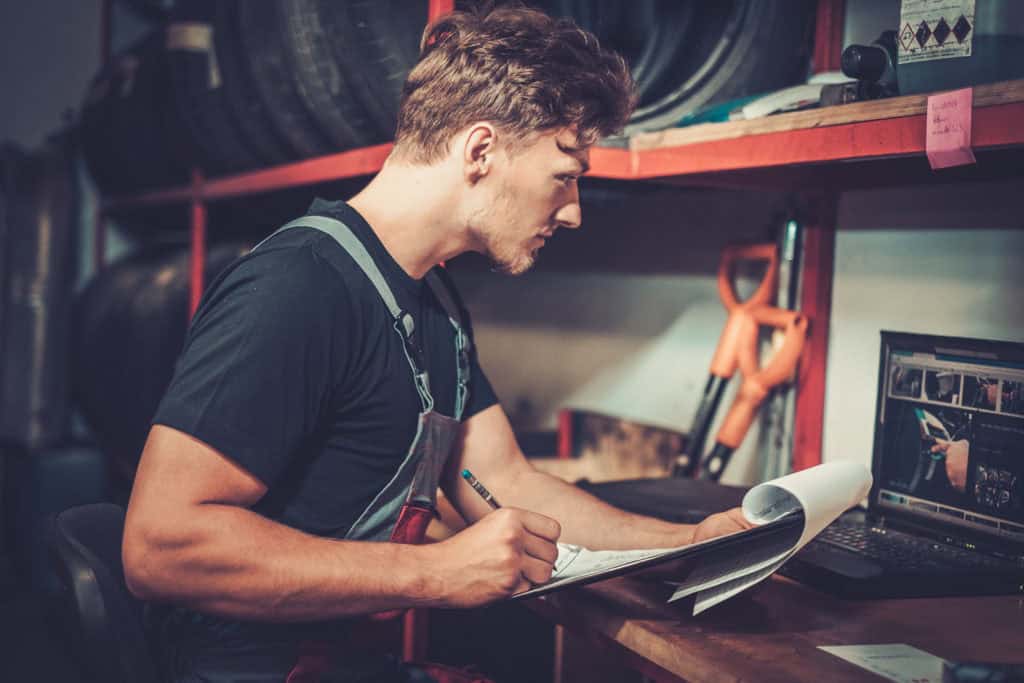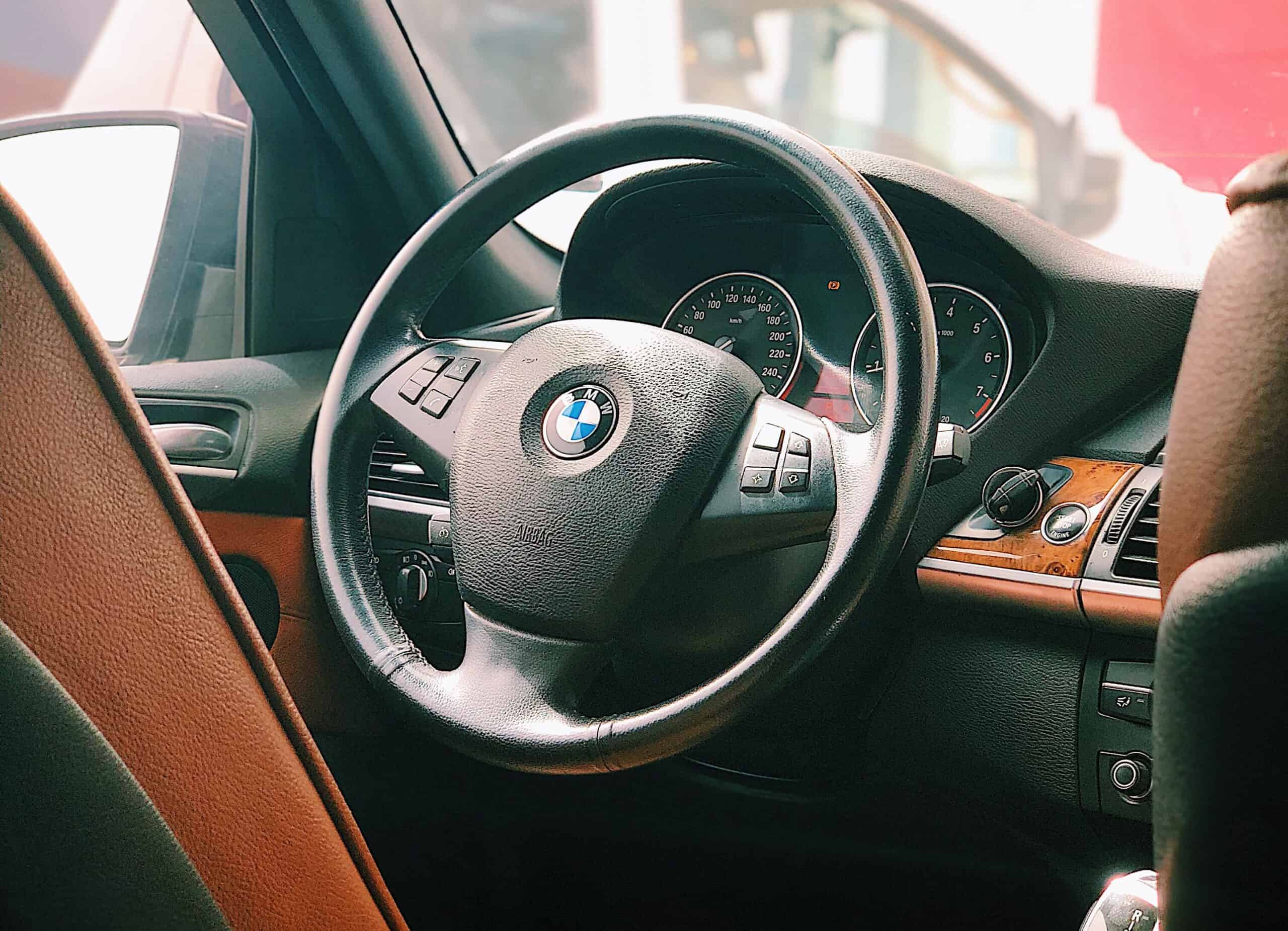How to take care of a BMW car in winter?
Winter in Poland
January in Poland is statistically the coldest month of the year. In addition, from time to time, very cold air waves come to us from the east and north, bringing temperature drops below -20° C. How do our vehicles behave in these temperatures? What happens to the mechanical systems? With the electronics? How can we take care of our vehicle so that it serves us even during such cold weather?
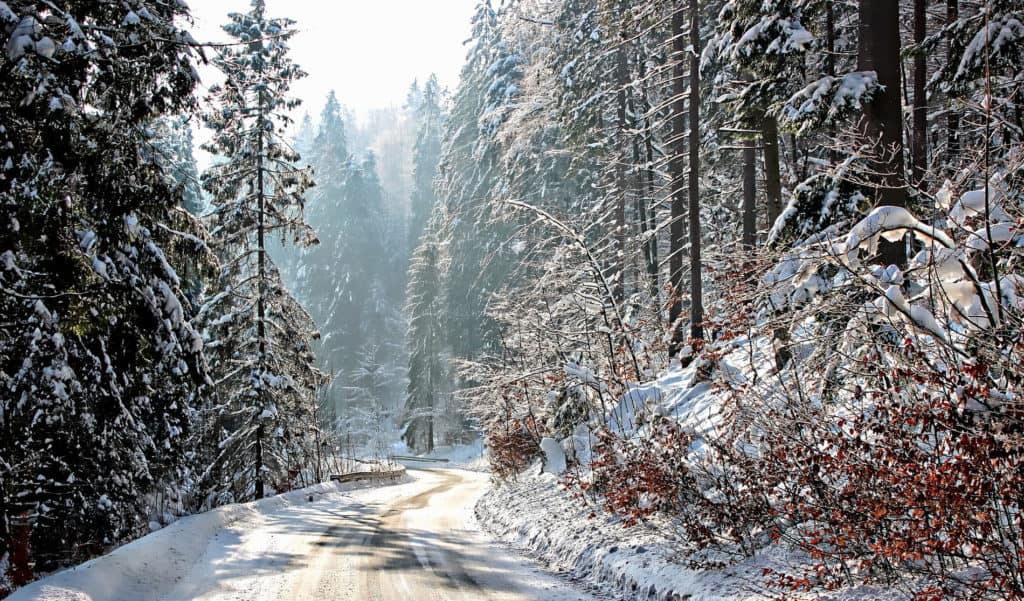
Listen to the audio version
Mechanics at low temperatures
The mechanical systems of a vehicle are designed for the climatic conditions set by the designer, such as:
- temperature
- humidity
- pressure.
Operation of the system in conditions that are extremely different from these preset conditions causes it to wear out much faster and sometimes even fail. The mechanical systems of a vehicle include not only the drive engine, but also:
- Transmission
- Rear axle with differential
- Clutch
- Transmission box (for 4×4 vehicles)
- Front bridge (for 4×4 vehicles)
- Power steering transmission
- Brake system
- Drives for opening windows, sunroof, trunk
- Windshield wiper drive
That means a lot of additional components (especially in richly equipped vehicles) that are exposed to extreme operating conditions. Most mechanical components in their transmissions use oil, grease or Teflon elements, whose parameters are strongly related to operating temperature. The viscosity characteristics of oil and lubricants determine their resistance to both high and low temperatures. For most commonly used lubricants, this resistance ends at -10° or sometimes -20° Celsius. When operating at lower temperatures, special materials are required.
In our climatic conditions, when extreme low temperatures we have a few, sometimes several days a year, the use of such special materials is economically unjustifiable. However, in order not to cause permanent damage to our mechanisms, it is necessary to have basic knowledge in this area and to follow certain rules described below.
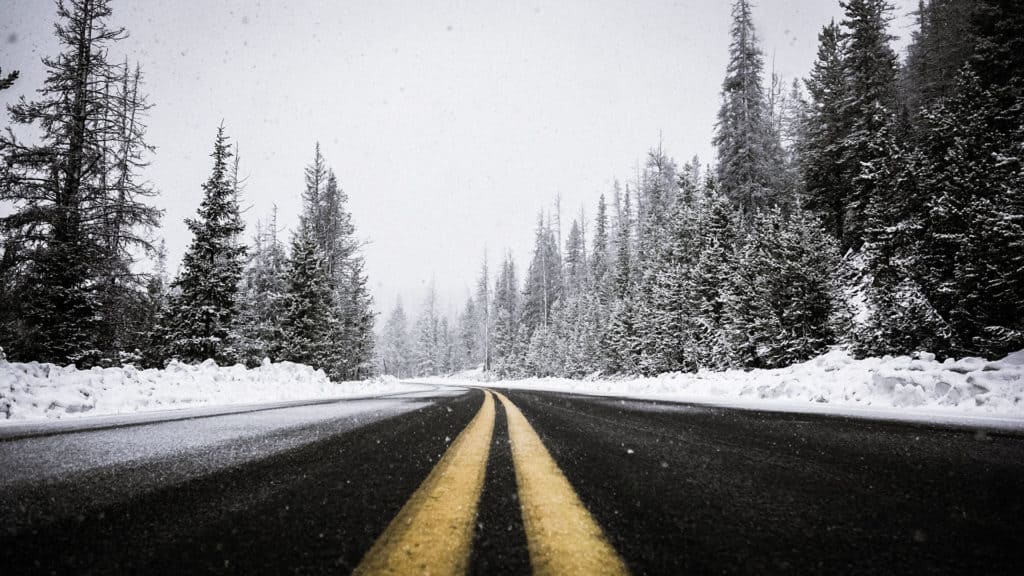
Electronics at low temperatures
By design, most electronic systems used today, including those used in motor vehicles, have a designed operating range of -40° to 50° C. Such a range allows failure-free operation in our climatic conditions, however, certain conditions must be met. It is necessary to fully isolate the systems from moisture and supply them with the appropriate voltage. For electronic systems, the most harmful are temperature jumps that cause condensation on the elements, and power supply voltage jumps that cause additional errors in their functioning. Both the first and second phenomena occur in automotive electronics.
Vehicles mostly standing “under the cloud” are exposed to snowfall, rain and temperature changes, and to a sharp rise in temperature after starting the engine. Moreover, under the influence of low temperatures, the efficiency of car batteries drops dramatically. At a temperature of -20° C, by up to 50%, which for a new efficient battery is not yet dangerous, but in the so-called “several years old” it causes complete discharging and big problems.
It should also be noted the increasingly widespread use of a large number of additional electronic components that enhance driving comfort, which for smooth operation must be supplied with the appropriate voltage and cause a huge burden on the vehicle’s electrical system. Heated seats, a heated rear window, sometimes even a windshield, or electric window lifters are increasingly common standards in the middle class. If we add back-up cameras, Head-Up Displays, navigation systems, telecommunications, additional parking heater systems with time programming, a pretty large list of power eaters in a vehicle that can’t always handle such demand emerges.
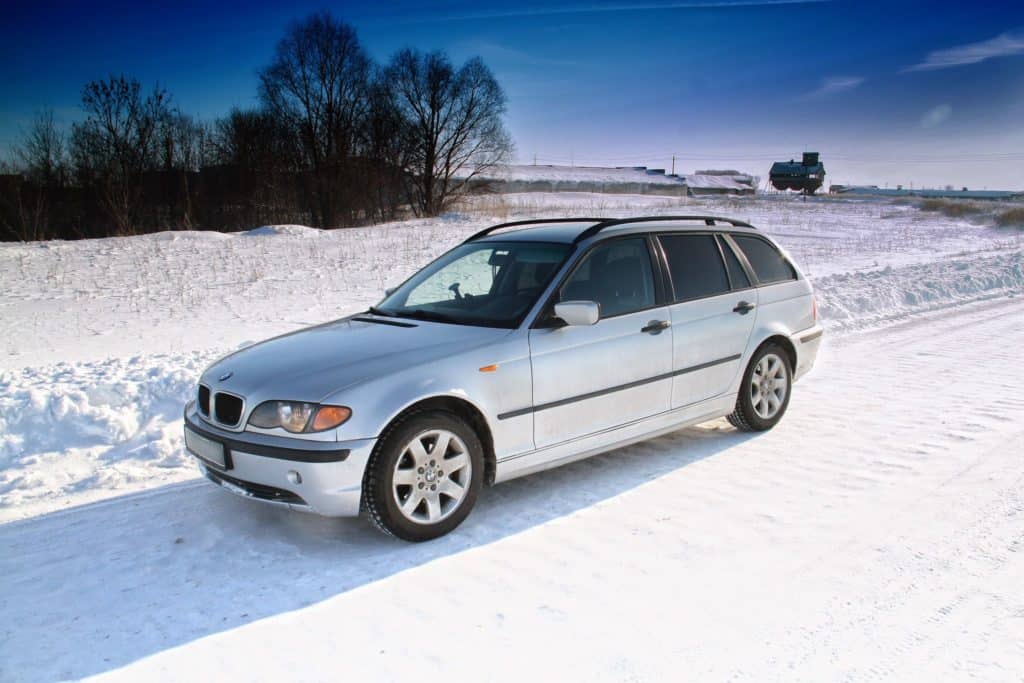
Practical tips on how to properly take care of BMW cars during the winter season
How prepared are BMW cars for winter operation? In most models, the designers already envisioned equipment versions for warm and cold countries at the vehicle design stage. Hence, modified versions of cooling or heating, and even the engine air intake in the case of BMW versions for cold countries. In addition, ignition assist systems were expanded in the case of diesel engines, and parking heaters or, in a truncated version, engine reheat systems were designed for cold weather.
Despite this design preparation, however, the basic principles that should guide vehicle users during periods of reduced temperatures, even in frosts as low as a few degrees, still apply:
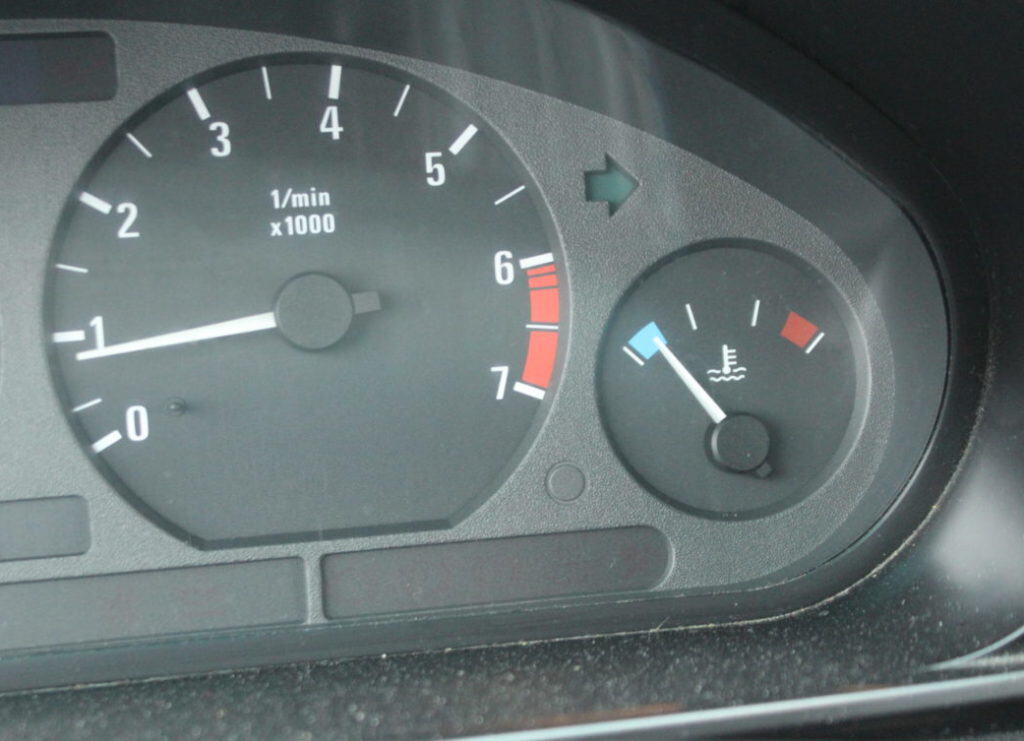
- Inspect sensitive components and consumables:
- Check the density of the coolant. If necessary, replace the coolant with one that will not freeze to -30° C.
- Ensure fuel levels are no lower than 1/2 tank.
- For diesel cars, fill up with winter fuel.
- Check the density of the coolant. If necessary, replace the coolant with one that will not freeze to -30° C.
- Check the condition of the battery, charging and power management system. This is especially important in more powerful models.
- Protect all rubber parts – that is, door, trunk window and hood seals – with a low-temperature resistant Teflon preparation to prevent freezing.
- Check the condition of the glow system in diesel engines and replace the fuel filter.
- After starting the engine at temperatures below -10° C, wait a minimum of several minutes before raising the engine speed (gassing) and before engaging the gear. You can use this time to clear snow from the vehicle and ensure adequate visibility – removing ice and snow from the windows. The healthiest thing for the engine and transmission is to warm them up to a minimum of 30° C before hitting the road. In vehicles equipped with a temperature sensor, this is the range of the tip of the blue box on the clock. In other vehicles, this is usually when the automatic warm air blower from the climatronic system is activated.
- After starting on the road, try not to use the full power of the engine until it warms up – reaching operating temperature = 1/2 scale indication).
- It is necessary to use windshield washer fluid for low temperatures below -20 ° C.
- The use of windshield wipers and electric window and sunroof opening is recommended only after the vehicle has warmed up (windows without a trace of ice and snow).
- In case of starting problems and a weak battery: help yourself with starter cables and a second operational vehicle. Connect the starter cables to the connectors under the hood ” ” (connector marked with a red cap), “-” to the vehicle ground (unpainted screw near the plus connector) and after waiting a few minutes with the cables connected and the donor engine running at an elevated speed of about 1000 – 1500 rpm, try to start the engine of our vehicle. Do not try to start the engine on the so-called “push” or pull the vehicle on the tow rope – this risks serious damage to the engine. The use of starting units using high starting current should be limited only to vehicles manufactured before 2000. In newer models, the electronic systems used may be damaged in such an attempt to start.
- In the case of prolonged periods of very low temperatures (below -20° C), it is recommended in vehicles with diesel engines, the use of fuel additives (“depressants”) that will bind water particles from the fuel and reduce the temperature of paraffin precipitation. This will prevent blockage of the fuel filter.
- In vehicles with diesel engines, after starting the engine with the above advice, we try not to extinguish the engine earlier than after 20-30 minutes. Short periods of engine operation will not allow the engine to reach its proper operating temperature and complete the DPF afterburning cycle. Frequent use of the vehicle for very short trips will cause the oil level in the engine to rise rapidly and significantly shorten the life of the DPF. In addition, there may be a phenomenon of significant drainage of the battery, which does not have time to be charged for too short a driving distance.

Taking into account the above advice and recommendations during the winter, we should take special care of our vehicle. Then he himself will repay us with trouble-free operation and ensure safe transportation even in extreme winter conditions.
If you have any questions about good practices in the winter period – write them in the comments below. We will be happy to answer them.
Wide road also in winter, wishes the BM Cars team.

